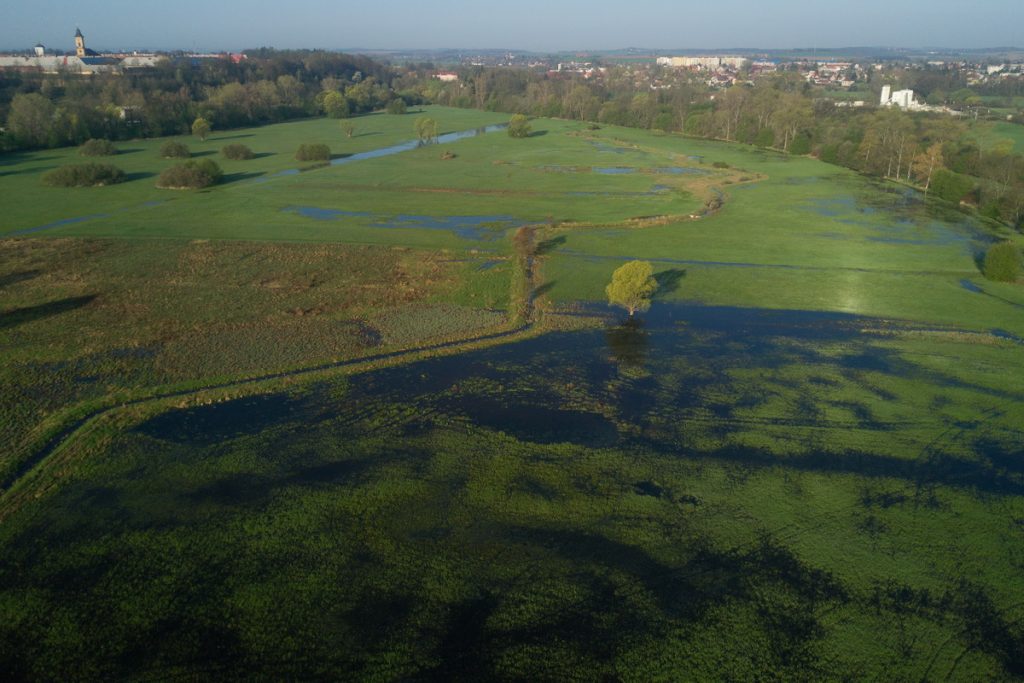This non-state reserve of the Czech Society for Ornithology lies northeast of the Josefov Fortress. Since 2006, CSO safeguards the environment suitable for waterfowl and other water-bound species. Restoring shallow pools, bringing the water to areas by repaired historical irrigation system and reduction in vegetation cover lead to nesting of rare, threatened or elsewhere dramatically declining bird species [e. g. Common Snipe (Gallinago gallinago), Northern Lapwing (Vanellus vanellus), Redshank (Tringa totanus) or Spotted Crake (Porzana porzana)]. Up to 2020, over 180 bird species were observed here, annually spotted Common Crane (Grus grus), or wintering rare Short-eared Owl (Asio flammeus).
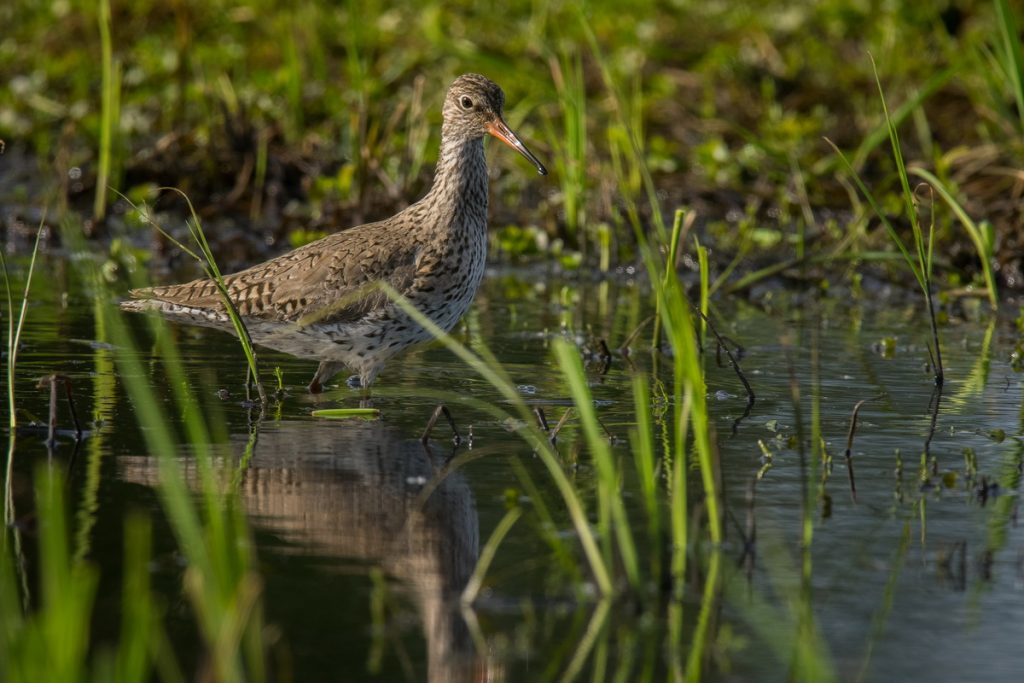
Area saturation with water supported a great abundance of amphibians. Marsh Frog (Pelophylax ridibundus) and Common Frog (Rana temporaria) can be found here. Species like Common Toad (Bufo bufo), European Green Toad (Bufotes viridis) European fire-bellied Toad (Bombina bombina) and European Tree Frog (Hyla arborea) can also be found, even though rarely. Abundant numbers of Northern Crested Newt (Triturus cristatus) and Smooth Newt (Lissotriton vulgaris) can be spotted. Wetland restoration had a positive effect on diversity of dragonflies, beetles and other animal species. The world’s biggest water beetle Hydrophilus piceus was found here as well.
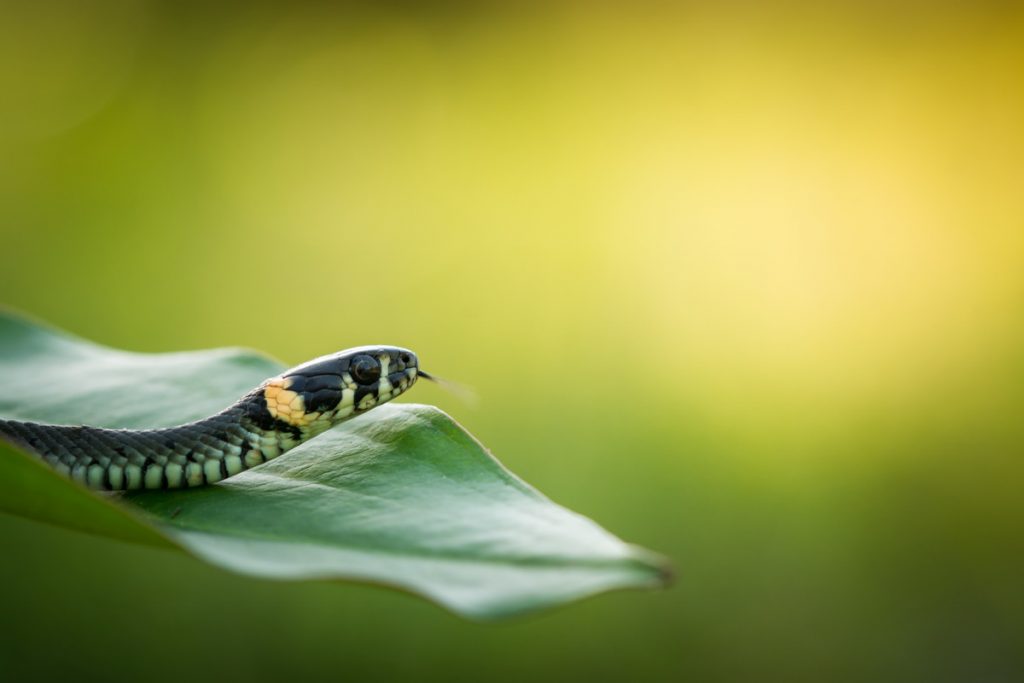
The reserve is open to public. There is an educational trail, observatory and excursions are organised too. Area of 76 ha is being gradually purchased by the Czech Society for Ornithology for the money kindly provided as donations.
The site provides a model of wetland wise use, demonstrating application of traditional knowledge and methods of management and use that maintain the ecological character of the wetland.
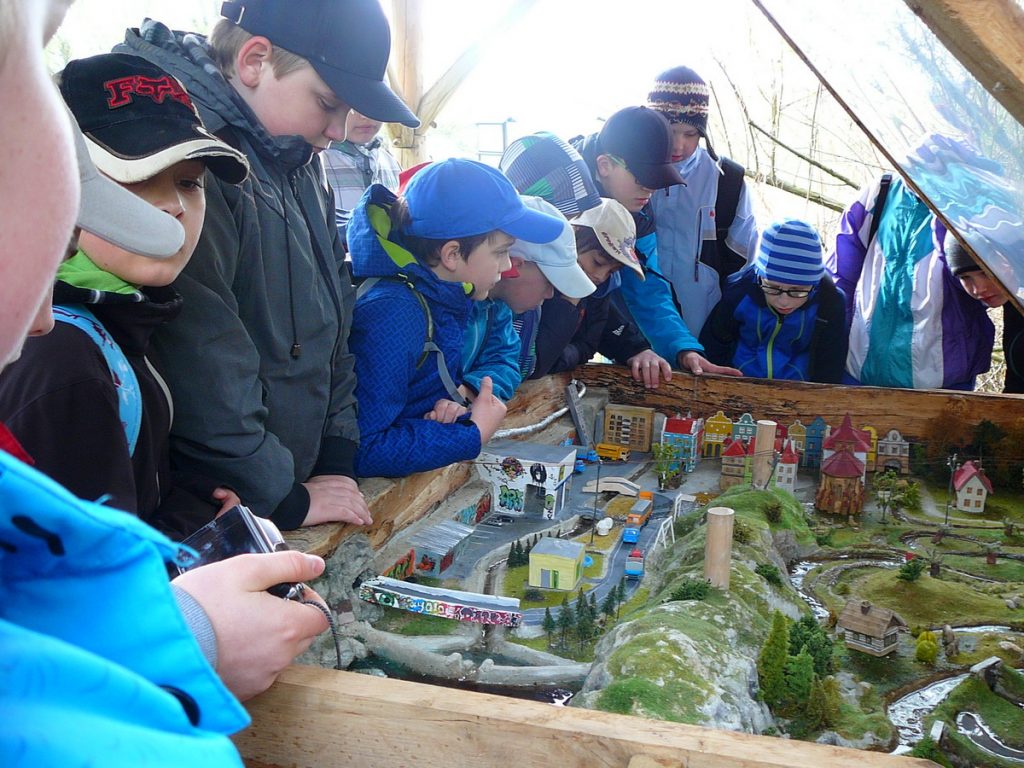
Management
CSO carries out various types of management here, especially that aimed at supporting the life of waterfowl: creation of pools, regular irrigation, tree reduction, ungulate grazing (provided by Exmoor ponies, which are strongly related to the extinct wild horses of Europe), denudation of original surface, water sustainment, etc.
Inundation system
Building of the irrigation system based on the river Metuje with 110 km long network of canals started in 1902. It uses the power of gravity and is protected according to Královéhradecký kraj Regional Decree. It is probably the only original irrigation system functioning in the area of the whole Czechia until now. It is now used for the needs of nature conservation.
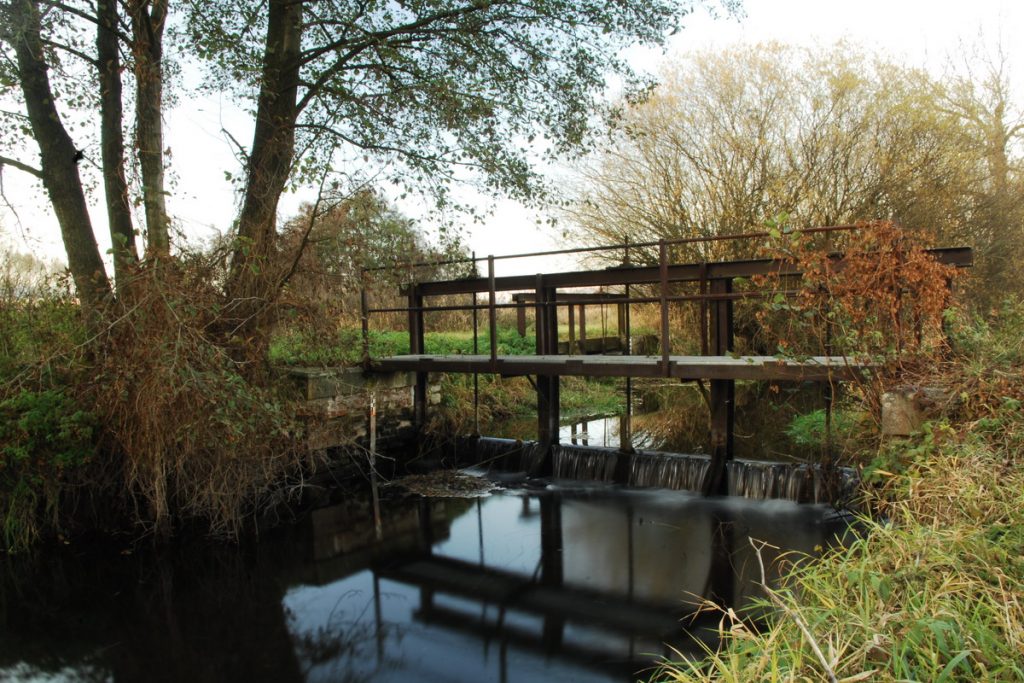
Origin
In 1902 there was an organisation called Central Water Management Company Metuj established with its residence in Krčín (today a part of the town Nové Město nad Metují). Its aim was to build a grassland irrigation system to safeguard higher grassland yields. This construction, built during the years 1902-1912 between Krčín and Josefov, has represented a very important water management construction with its 110 km long network of canals. Physical work was done by builders from Austro-Hungarian Empire and the engineering mostly by Italians.
Original area covered by irrigation canals was 1007 ha and it spread on both sides of the Metuje River. The construction was equipped with necessary number of hatches, tailboards, siphons, bridges and mini-aqueducts. The project had been finalised during the years 1930-1932. An approval for water collection in order to run the irrigation system ceased in 1999 for lack of interest from local agricultural stakeholders. New approval was gained by the NGO in 2012.
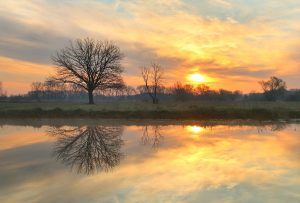
Local importance
Josefov Meadows, as the first bird park in the Czech Republic, is becoming more and more searched for place by nature lovers from the whole country for its birdwatching and recreational opportunities. Visitors from all around the country are still more common. Some of them stay few days longer and visit the Josefov Fortress situated right at the edge of the reserve or other places of interest. This brings financial income to the Královéhradecký kraj region. Bird park project has a potential to multiply the visitors numbers in the future and therefore it is necessary to support its development. Its existence contributes to environmental education and awareness rising among public. Famous Czech writers Božena Němcová and Jaroslav Hašek were both inspired by these wetlands and used to stay at this place at certain times.
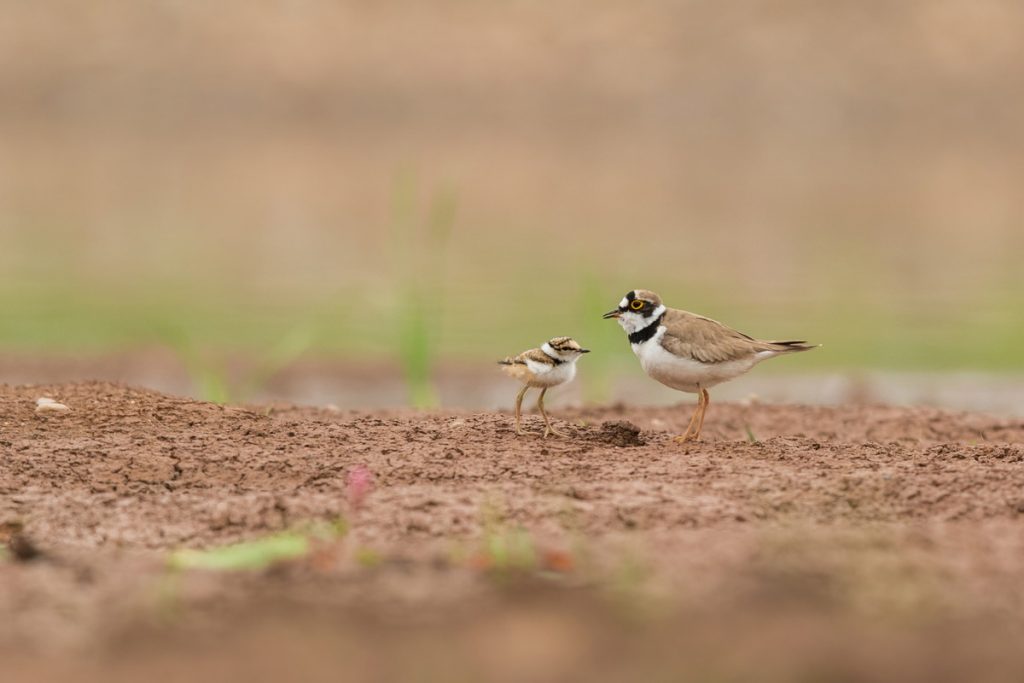
Nature Monument and Natura 2000 site Stará Metuje
South part of the park is brimmed by Nature Monument Stará Metuje, the river of which as well as the surrounding area has been designated as a site of European importance for dragonfly species Green Club-tailed Dragonfly (Ophiogomphus cecilia). This species requires relatively clean water, gravel-sand streambed and a natural character of the river. Over 30 fish species were recorded in the Metuje River, as well as European Beaver (Castor fiber) and Eurasian Otter (Lutra lutra).
